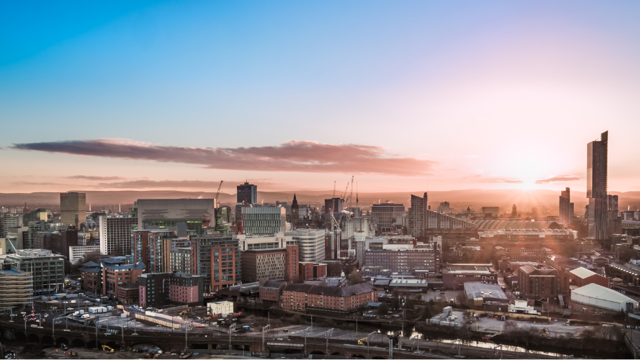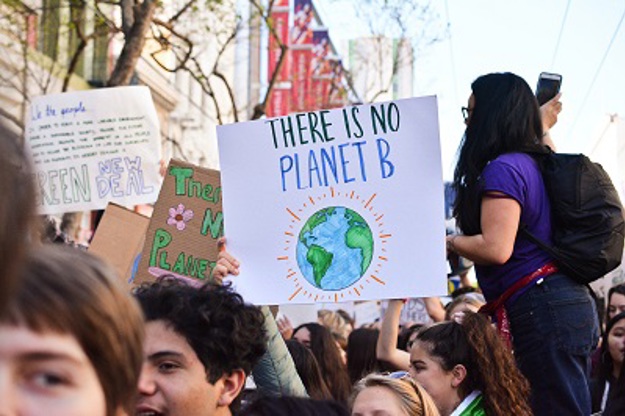Challenge
We’ve been working with a local authority in London committed to achieving net zero carbon emission from their own operations by 2030, and across the borough by 2040. Currently, only a small percentage of emissions come from the council’s operations, meaning they must collaborate with partners and communities across the borough to work together on collective action.
Passionate about involving the community, the council wanted to collaborate with people who live, work and study in the borough to develop a climate emergency strategy and action plan.
Supporting the council, we delivered a series of community engagement activities to hear from those that would be affected first hand.
Solution
Over the past two years, the borough has already taken important steps in reducing its emissions, including securing funding to improve energy efficiency in buildings and promoting greener travel such as walking and cycling.
Community engagement activities
Working with the council’s Climate Emergency Team and Communications department, we co designed a plan to hear community ideas, comments and thoughts on climate action in the borough. To do so, we defined:
- a shared understanding of what we wanted to find out
- the people and groups we wanted to engage with
- what activities we would use to engage the community
- how we would collect, analyse and present data
Engaging with local people helped us better understand the priorities, concerns and ideas they had on addressing climate change. While engagement was open to all members of the community, the council wanted to make sure that seldom heard voices were proactively considered and engaged throughout the process.
These included young people, environment groups, voluntary and community organisations, local businesses and migrant communities.
With some Covid-19 restrictions still in place, we wanted to make sure anyone who wanted to take part was able to. We chose a mixture of online and offline activities, using a blend of tools, including an online survey, pop up street stalls, workshops with the voluntary and community sector and a workshop with young people.
Prior to our engagement with the community, the council had developed a set of draft recommendations for reducing carbon emissions around four themes: people and communities, organisations and economy, buildings and energy and movement and places.
Keen to get resident insights, during the survey and pop up street events, participants were able to choose their top two priorities for each theme:
- encourage walking and cycling through traffic free zones and facilities like cycle storage
- support residents to improve the energy efficiency of their homes and reduce energy use
- council, landlords and homeowners retrofit buildings to improve their energy performance and increase renewable energy
- ensure that new developments meet net zero carbon standards
- increase the use of electric vehicles through, for example, more charging points
We also asked residents for other priorities the council could focus on. For young people, climate awareness and education was the clear top priority.
Following these activities, we reviewed the data, identified themes and presented our findings in a report. Of those engaged, many said climate action is “extremely important” or “very important”, causing optimism across the council.
Common themes were concerns that climate change will have a negative impact on the life chances of future generations and there’ll be more natural disasters such as flooding.
Residents were also already doing something to reduce their emissions. The most popular changes that people had made were reducing their car use, increasing walking and cycling, reducing their meat intake, recycling and switching to renewable energy suppliers.
Impact
Following our engagement activities, there was a strong desire from the community to work in partnership with the council. Many residents gave their contact details and said they wanted to stay involved and potentially become climate ambassadors.
We were also able to support partnership building with the voluntary and community sector, as the council uses its position as a local leader to bring the public, private and third sector together in the future.
We provided recommendations for the council’s next steps, including:
- developing an action plan shaped by the community
- including citizens in climate action governance
- creating an enabling environment
- supporting community action
- using its political influence
The council are now taking the findings from the work and using them to develop their climate strategy and action plan. As they continue to listen to communities and work with them, they’ll stand a good chance of achieving net zero carbon emissions across the borough by 2040.

Developing community power standards with Manchester City Council
How we helped create standards to embed meaningful resident participation across Manchester.
Read moreOur latest work
Transformation is for everyone. We love sharing our thoughts, approaches, learning and research all gained from the work we do.

Developing community power standards with Manchester City Council
How we helped create standards to embed meaningful resident participation across Manchester.
Read more
Putting Citizens’ Assemblies at the heart of climate action
Discover how we worked with Barnet Council to empower its community to tackle the climate emergency
Read more
Involving communities in the decisions that affect them in South Yorkshire
Helping South Yorkshire Mayoral Combined Authority to better meet the needs of their citizens.
Read more
